
Causes of and Contributors to Peptic Ulcer Diseases (PUD)
Damage to the surface of the stomach and duodenum is caused by inadequate protection (insufficient production of protective mucus) and an excess of stomach acid.
Major contributing factors for PUD are an infection with Helicobacter pylori and the prolonged intake of NSAIDs (nonsteroidal anti-inflammatory drugs), either as prescription drugs for people with certain chronic conditions, or on an over the counter basis. Apart from that, PUD may be associated with smoking, heavy alcohol consumption, bile acids, intake of steroids, and prolonged or extreme stress. PUD may also affect people who have suffered severe burns and those who have just undergone a surgical procedure.
Clinical Characteristics of PUD
Patients suffering from peptic ulcer disease typically complain about burning epigastric pain (meaning pain in the central region of the abdomen), which may or may not radiate toward the back. In people with stomach ulcers, the pain intensifies with meals while, on the other hand, people suffering from duodenal ulcers feel pain relief after they eat.
Additional symptoms of peptic ulcer disease include nausea and vomiting, a loss of or increase in appetite, and consequent weight loss or gain. The frequent occurrence of dyspepsia (more commonly known as indigestion), belching, bloating and stomach distension are reported as well. And finally, complications such as bleeding develop in a form of hematemesis and melena. While examining the patient and palpating his or her abdomen doctor can confirm epigastric tenderness.
Diagnosing PUD
In order to confirm PUD, doctors perform different tests and exams. They include endoscopy, a viewing technique in which a probe is inserted into an organ, and the detection of Helicobacter pylori infection. During endoscopy doctor takes samples of the ulcer which are then examined. This way, it is possible to differentiate simple benign ulcers from cancer.
Treatment for PUD
Treatment for PUD includes several approaches. It is essential to protect the surface of the stomach or duodenum and allow the ulcer or ulcers to heal. Furthermore, prevention is one more goal of the treatment. In people who are suffering from Helicobacter pylori infections, doctors recommend a so called triple therapy which eradicates the bacteria and allows proper healing of peptic ulcers. And finally, intake of drugs that have led to ulcer formation such as NSAIDs or steroids should be limited, if not completely restricted. Many different drugs are used in the treatment of PUD including antacids, H2 blockers, proton pump inhibitors, and antibiotics.
Triple Therapy for Helicobacter Pylori Infection
This is a highly efficient treatment which lasts 10 to 14 days. There are two treatment regimes, PPI-based triple therapy and Bismuth-based triple therapy. The first option includes a proton pump inhibitor (PPI) and two antibiotics. After the treatment is over, the patient may continue taking PPI for additional 2 weeks. Bismuth-based triple therapy includes Bismuth and also two kinds of antibiotics. The treatment may additionally include H2 receptor agonist. There are several antibiotics used in the mentioned therapies and some of them are clarithromycin, amoxicillin, metronidazole and tetracycline.
Surgery is performed only in case of complications such as perforation, obstruction, bleeding or if PUD, and can as such be considered a last-resort treatment.
- www.cdc.gov/ulcer/keytocure.htm
- www.cdc.gov/ulcer/files/hpfacts.pdf
- Photo courtesy of Rachaelgraves by Wikimedia Commons: commons.wikimedia.org/wiki/File:Peptic_ulcer.svg


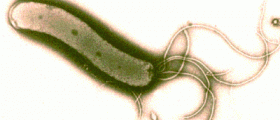
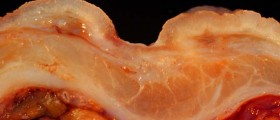

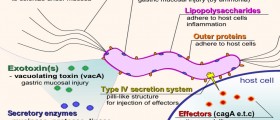
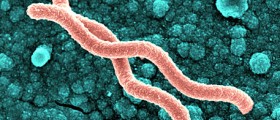

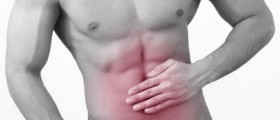
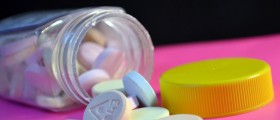
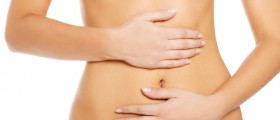
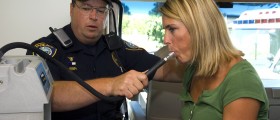
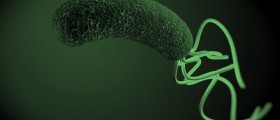
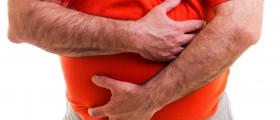
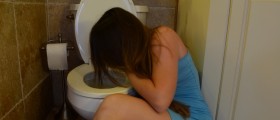


Your thoughts on this
Loading...